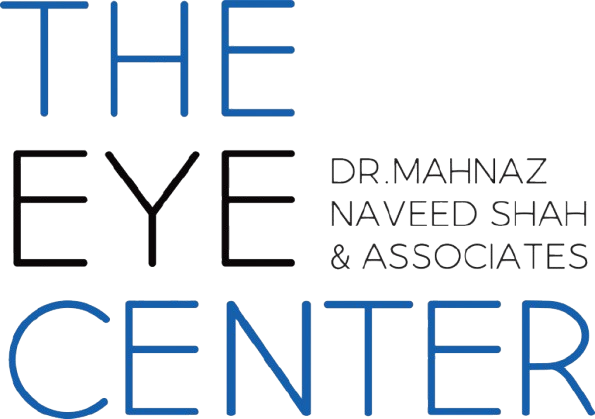Why are eye exams needed for people with diabetes?
Diabetic retinopathy screenings are essential. Diabetes is a systemic disease; however, it can affect the eye as well. The effect on the eye can be as dire as blindness. Hence, it is imperative that diabetic screening be carried out to prevent the loss of vision. Screening can tell you if you need treatment to slow […]
Why can’t I see at a distance?
Nearsightedness, or myopia, is when near objects appear clear but distant objects appear blurry. This happens when light rays incorrectly bend (refract) due to the shape of the eye or specific portions of the eye. Normally, light rays should fall on the retina (the back portion of the eye), to give a clear image. In […]
Why can’t I see up close?
Presbyopia is a refractive error that makes it challenging for middle-aged and older persons to see details up close. It occurs as a result of the lens’ (an inner eye component that aids in eye focus) failure to properly concentrate light on the retina (a light-sensitive layer of tissue at the back of the eye). […]
Explaining Sixth Nerve Palsy And Why It Causes Double Vision
When the sixth cranial nerve, (also known as the abducens nerve) is injured or malfunctions, it becomes difficult to move the eyes in certain directions. The lateral rectus muscle of the eye receives signals from the sixth cranial nerve and enables the eye to move in a lateral direction. Each lateral rectus muscle in each […]
Why am I seeing double?
Double vision, or diplopia, is when a single object appears to be in two different ways when looking at it.Double vision is typically a transient problem. However, it can sometimes be a symptom of a more serious, underlying medical issue. Hence, it is important that any changes in your eyesight be tested right away. Diplopia […]
Explaining Thyroid Eye Disease.
Individuals suffering from thyroid disease may at times develop thyroid disease. Occasionally, symptoms of thyroid eye disease may be the precursor in diagnosing any underlying thyroid disease. According to research, an autoimmune condition is the root cause of thyroid disease and thyroid eye disease. Immune system imbalance or recognition issue occurs. Our immune systems typically […]
Can Dengue Affect Eyes?
With the recent increase in dengue cases it is important to be aware of its effect on the eye. The dengue virus can cause various eye manifestations including subconjunctival haemorrhage, macular chorioretinitis, macular oedema, dengue related optic neuritis, retinal haemorrhage, vitritis, and anterior uveitis. Subconjunctival haemorrhage is a small bleed behind the conjunctiva. The conjunctiva […]
What is Pellucid Marginal Degeneration & Why It Affects Eye Sight?
Pellucid Marginal Degeneration (PMD) is a chronic, slowly progressing condition that causes peripheral corneal thinning. The cornea is the dome shaped, transparent window in the front of the eye. It is crucial to recognise PMD because it may result in a serious decline in visual function. Additionally, refractive surgery patients with PMD may experience negative […]
What is Ozurdex?
Ozurdex, is an implant containing the corticosteroid dexamethasone. It is injected into the eye by an ophthalmologist to treat macular edema and posterior uveitis. Macular edema is the swelling of the center of the retina (the light-sensing layer at the back of the eye). It may occur as a consequence of blockage of the veins […]
Shingles and the Eye
Shingles is a viral infection caused by varicella-zoster. It is a painful viral rash that appears on one side of the face or body. The rash consists of blisters that normally form in 7–10 days and scab over, before clearing up completely in 2–4 weeks. Rarely, the rash may be more extensive and resemble a […]
